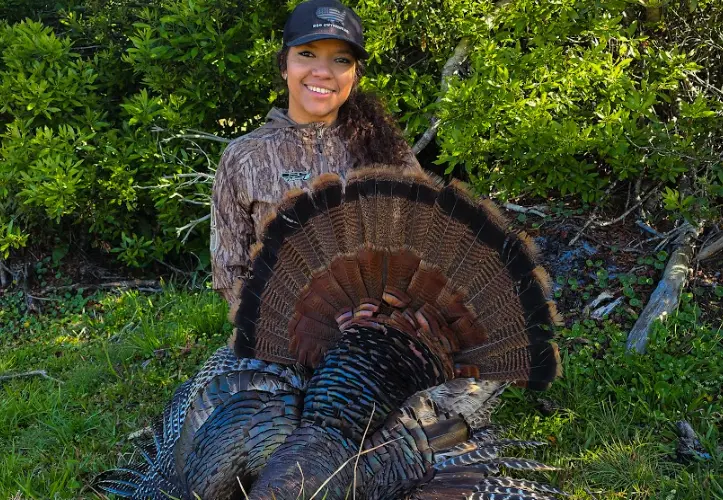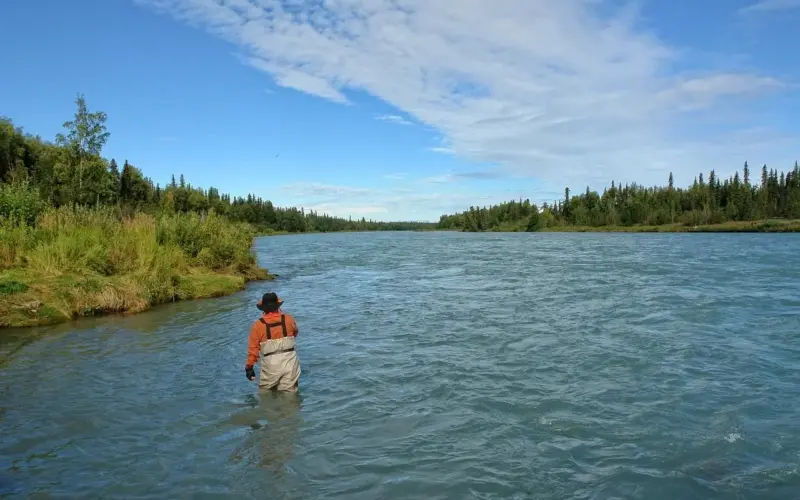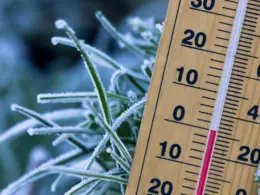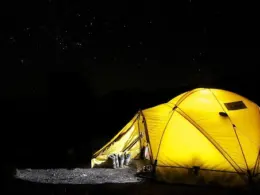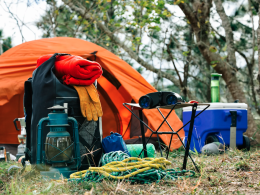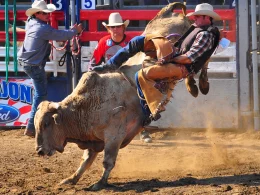It is important for me to create and show a start-to-finish model not only to my kids but also to others who follow me. Creating a comprehensive beginning-to-end model for hunting to eating the harvest is essential for a multitude of reasons, ranging from sustainability and ethical considerations to tradition and cultural preservation.
The start begins before the first day of the hunt, but rather when researching the species. Understanding its conservation story, regulations, and methods of take. You become a self-learned biologist, investigating the behaviors. You spend hours scouting and hunting. Once the harvest happens you process the game, taxidermy the animal and eat the game.
Understanding the Ecosystem and Conservation
It is necessary to understand the ecosystem in which hunting takes place. This involves recognizing the interdependence of various species, the impact of human activity, and the importance of conservation efforts to maintain biodiversity. Did you know that the conservation story of the American wild turkey is truly remarkable?
The history of wild turkey conservation in the United States is a tale of dedication, perseverance, and successful conservation efforts. By the early 20th century, unregulated hunting, habitat loss, and disease had decimated wild turkey populations across much of North America, leading to their near extinction in many regions. However, recognizing the importance of preserving this species, conservationists and government agencies began ambitious initiatives to restore the wild turkey population in America.
One of the most significant milestones in wild turkey conservation occurred with the establishment of the Federal Aid in Wildlife Restoration Act, commonly known as the Pittman-Robertson Act, in 1937. This legislation provided and continues to provide, crucial funding for wildlife conservation projects, including habitat restoration and wildlife research, laying the foundation for future turkey conservation efforts.
Continuing throughout the mid-20th century, state wildlife agencies, conservation organizations, and volunteers collaborated on captive breeding programs and habitat management initiatives aimed at restoring wild turkey populations. These efforts involved reintroducing turkeys to areas where they had been extirpated and implementing measures to improve habitat quality, such as prescribed burning and reforestation.
The success of these conservation programs became increasingly evident as wild turkey populations began to rebound in many parts of the country. By the late 20th century and into the 21st century, wild turkey populations had recovered to levels not seen in decades, thanks to the dedication of conservationists and the support of hunters, who played a crucial role in funding conservation efforts through hunting license fees and excise taxes on hunting equipment.
Today, wild turkeys are thriving in diverse habitats across North America, from forests and grasslands to city neighborhoods. However, ongoing conservation efforts remain essential to address emerging challenges, such as habitat fragmentation, invasive species, and disease outbreaks. By continuing to prioritize habitat conservation, sustainable hunting practices, and public education, we can ensure that future generations have the opportunity to enjoy the beauty of wild turkeys in the wild.
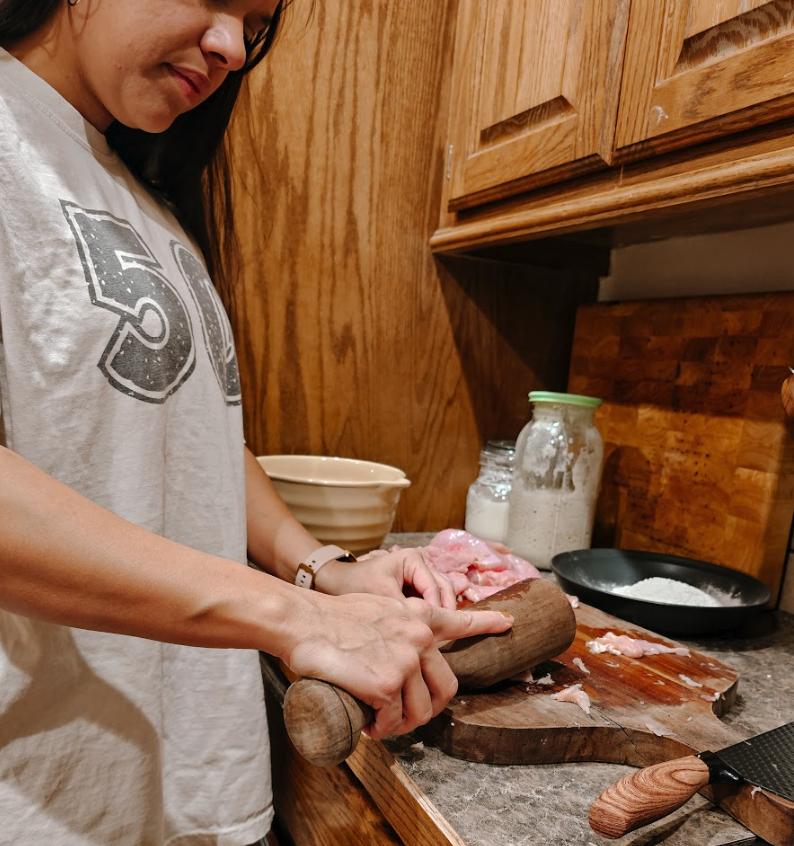
Ethical Harvesting and Skill Development
Ethical harvesting is something that does not get talked about enough. It is not always about the method of take which is a space we tend to get hung up on. Central to this is adherence to regulations governing hunting seasons, quotas, and permissible methods. These regulations are designed not only to prevent overexploitation but also to ensure the preservation of wildlife populations for future generations. Additionally, the concept of fair chase, which is the idea that you pursue game in a manner that provides the animal with a reasonable chance to escape. This is an integral piece to ethical harvesting. By adhering to fair chase principles, hunters uphold the integrity of the sport and demonstrate respect for the natural instincts and behaviors of their target.
Skill development is another cornerstone of responsible hunting. From the art of tracking to the precision of marksmanship, hunting demands a diverse array of abilities. By engaging in comprehensive skill-building, hunters hone their proficiency in the pursuit of game. This process fosters not only self-reliance and resilience but also a profound appreciation for the complexities of the ecosystems in which hunting takes place.
Ethical harvesting and skill development are intertwined, as the mastery of hunting skills enables hunters to carry out their pursuits with greater efficiency and effectiveness while minimizing the risk of unnecessary harm to animals. By prioritizing ethical practices and skill development, hunters uphold the highest standards of stewardship and conservation, ensuring that their activities contribute positively to the health and sustainability of wildlife populations and their habitats.
Respect for the Animal
Transitioning from harvest to consumption involves acknowledging and honoring the sacrifice of the animal. This includes field dressing and processing techniques to ensure meat quality, as well as minimizing waste by utilizing as much of the animal as possible. In addition, preserving the animal through forms of taxidermy also honors the animal and its death.

Connection to Food
Wildgame offers a nutritious alternative to industrially produced meats, often boasting lower levels of fat and higher levels of essential nutrients. Incorporating wild game into one’s diet through a comprehensive hunting model promotes health and wellness. For many communities, hunting is deeply intertwined with cultural identity and traditions. Preserving and passing down knowledge about hunting methods, rituals, and recipes fosters cultural continuity and strengthens community ties.
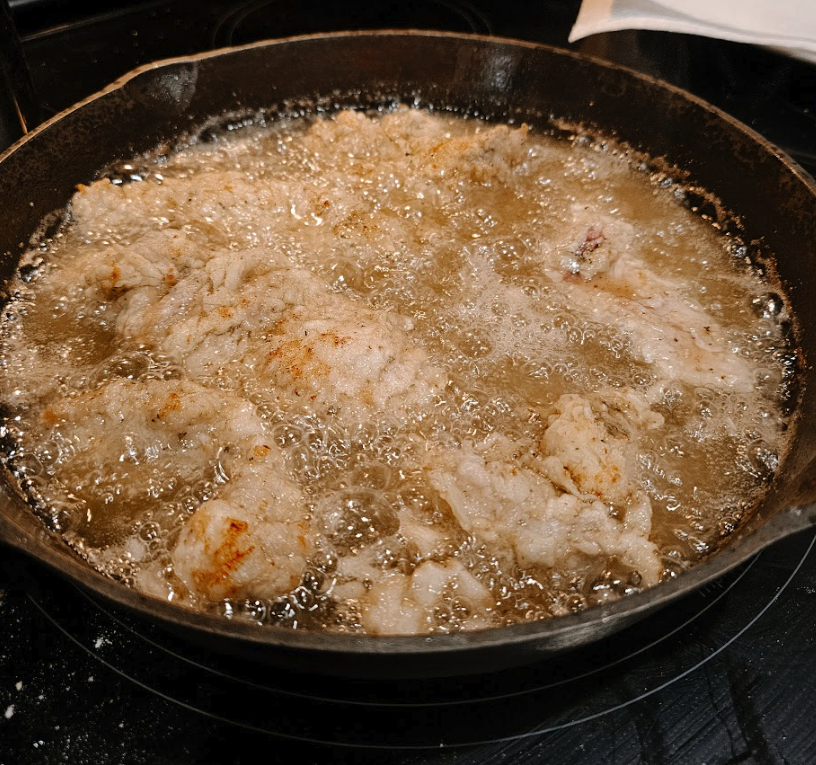
In today’s modern society, where food often comes pre-packaged and disconnected from its source, hunting provides an opportunity to reconnect with the origins of our sustenance. A beginning-to-end model highlights the journey from pre-field to the table, fostering an appreciation for the food we consume. Creating a beginning-to-end model for hunting to eating the harvest is vital for promoting sustainability, ethical practices, cultural preservation, and personal well-being. By embracing the entire process, individuals can cultivate a deeper understanding of their role within the ecosystem and develop a profound respect for the natural world.
Wild Turkey Tenders Recipe
Ingredients
2- Wild Turkey breast
Flour
Seasoning
Salt & Pepper
2- Eggs
1 cup Milk
Oil for frying
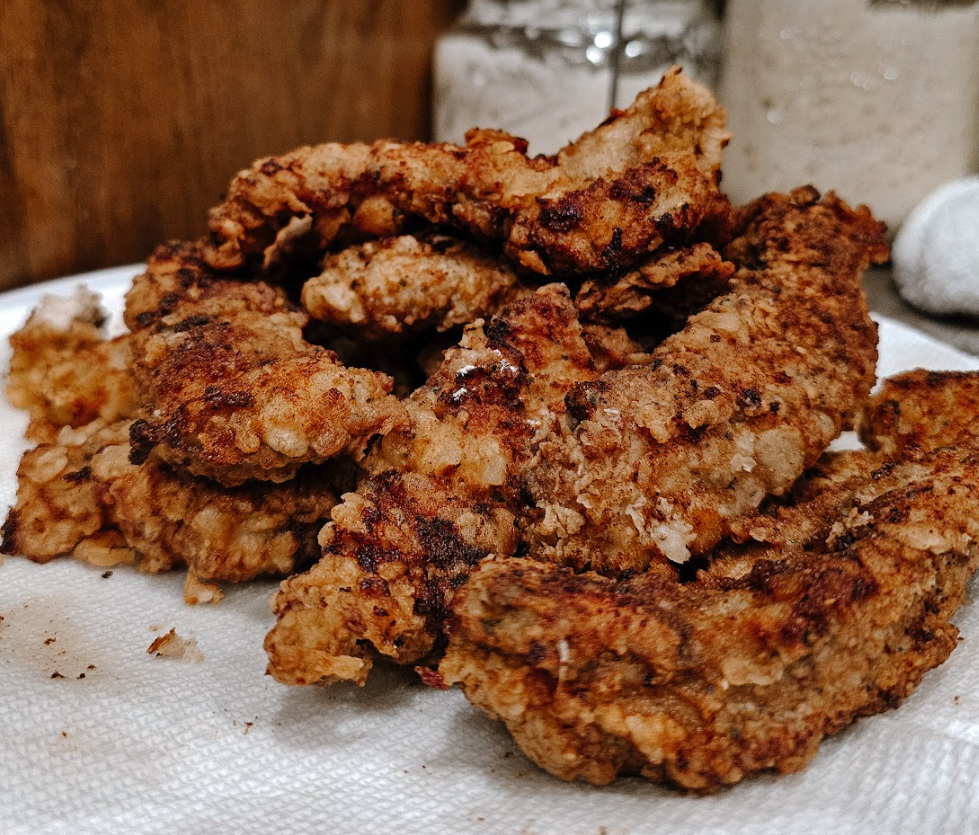
Step 1: Wash the meat and slice it into strips.
Step 2: Use a mallet to tenderize and thin the meat.
Step 3: Place meat into bowl and season. I used a popular season mix we like and added salt and pepper to taste.
Step 4: Mix two eggs and milk in a bowl for the egg wash. Add flour to a separate bowl and add more seasoning mixture to season the flour.
Step 5: I heat a cast iron skillet and olive oil until hot. You can test by sprinkling in a few drops of flour.
Step 6: Dip turkey into egg wash, then into the flour and coat evening.
Step 7: Place turkey into the oil and fry on side until light brown and flip. Cook until tender is 165 degrees.
Step 8: Remove tenders and place on a towel to strain excess grease.
Enjoy with dipping sauce or homemade gravy.

